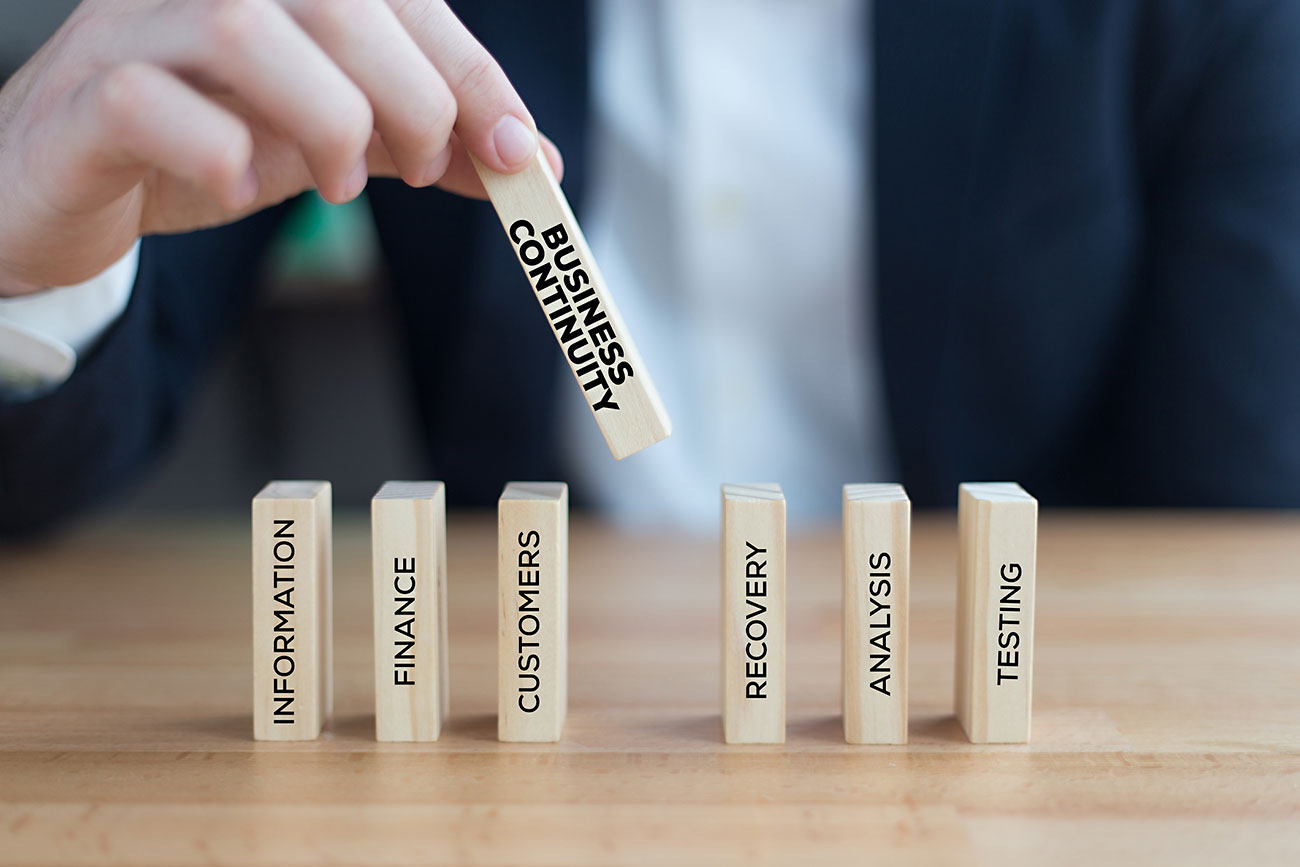A business plan is essential for any business from the get-go, but at some point, you may wish to go a bit further with a business continuity plan. Just witness the California fires or the major storms on the East Coast. In addition to the personal costs, these disasters have also wreaked havoc on countless businesses. In the face of large and unexpected events, a company may be unable to operate for weeks or months. The purpose of a business continuity plan is to minimize the damage of a large disruption. It allows you to serve customers, ship products and meet payroll in difficult times. Here's some perspective and a few essentials on how to get started.
Why your business needs a continuity plan
Let's be honest, life goes better with a plan. Without one, you are trusting to luck, your good looks and your brilliant smile. The next thing you know you have been living for five years in someone's basement and you are married to the wrong person. In business, as in life, a lot can go wrong. Consider some things that could derail your company's bottom line.
- You come down with a serious illness
- A key employee passes away or leaves unexpectedly
- Earthquakes, fires, floods, hurricanes, etc.
- Cyber attacks
- Your CFO disappears with your company's pension funds
While the last one is unlikely, the point is you never know. Life is unpredictable. It's often the big wave you don't see coming that knocks you into the water.
Where to begin
Like most things, it all begins with meetings and lawyers and ends with you buying business insurance. In the beginning, though, there are a few steps to lay the groundwork for a successful business continuity plan. These five areas should be addressed fairly quickly.
1. Identify the plan's scope. Will it cover the most likely dangers, or will it branch out to include everything under the sun?
2. Form a team of employees with knowledge of your company's operations. You may also need to hire outside resources.
3. Conduct a business impact analysis. This is a systematic effort to identify risks and to evaluate recovery options.
4. Create a checklist of all vital assets to the company. This could include software, hardware, buildings, vehicles, and personnel.
5. Identify areas of vulnerabilities and ways to mitigate them.
You will want to develop a risk assessment that is tailored to your business. What is your company most susceptible to? What can be done to minimize exposure to these risks and what are the strategies to recover as quickly as possible? For example, is your company at risk for wildfires? If not, there is little need to spend time and resources on this matter. If yes, are there ways to make this threat less costly to your company?
How to implement your plan
The key to creating a successful business continuity plan is implementation. Meetings and planning are all well and good, but the plan must be realistic and offer real solutions. Remember, your business could depend on it. Key employees should be aware of the plan and know their role in it. This means having a written document that outlines specific procedures on what to do in various situations. Depending on the resources of your company, you may want to hire a company to prepare a custom plan. It should also have an action plan and deadlines for achieving results to prevent or minimize damage. If your company is in a potential wildfire area, this could mean clearing brush around your buildings. Look into the role insurance plays in keeping your business operational during difficult times. There are policies available to cover cyberattacks, the loss of key personnel, and the damage of property by fires and floods. As part of the plan, review your insurance policies and consider adding coverage for business interruptions. There are two final things to consider. Do your best to test your company's preparedness. This should be done with a recovery coordinator in charge. Common testing methods include table-top exercises, a disaster walk-through or a simulation of an event. Also, make sure the plan remains current. Technology and personnel changes can weaken a plan, so it is critical to review it periodically.
Why it matters
You've worked hard to build a successful business. A business continuity plan gives you a fighting chance to keep your business running during a difficult time. You will protect your brand, your reputation, your customers and your employees. A business continuity plan is essential in today's world.















